
Sedentary – in case you don’t know the word’s meaning – it’s a lifestyle that most people follow today. A lifestyle with the least or zero physical activity results in many more serious issues than low back pain. In a TOI report, Dr. Hitesh Bhandari from the Indian Spinal Injuries Center mentioned seeing more patients with orthopedic problems. He also continued to say that a sedentary lifestyle and back pain are not just about office work. A major chunk of why people suffer from back pain – is their addiction to junk food and a non-physical routine.
This blog targets physiotherapy exercises for curing back pain. We will highlight the best exercises to help you alleviate your back pain and ensure that it never happens again.
Best Physiotherapy Exercises for Lower Back Pain:
1. Cat & Cow Pose
Get onto your hands as well as knees. Your back should be straight. Then, arch your back up toward the ceiling like a cat, pointing your head towards the ceiling; hold this pose until you feel a stretch in your neck. Afterward, round your back down, dropping your head, until you feel a stretch in your lower back. Do this ten times.

2. Cobra Stretch
Lie on your stomach with your hands on your chest. With your feet flat, use your hands to push you up into a lift of your torso—from your chest to your head. Hold for a second. Then slowly lower your torso down.
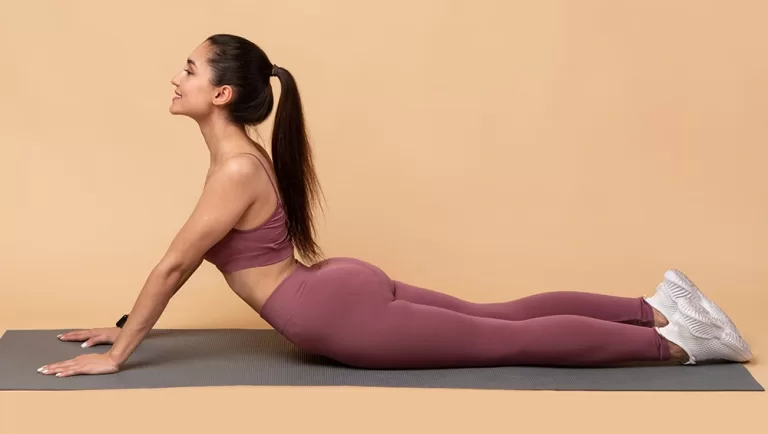
3. Prone leg lifts
Unlike in a cobra pose, where you lift your upper body, your torso should firmly press to the ground in this exercise. Elevate them as far up as possible with extended and together legs in one smooth motion. Briefly hold, then lower your legs.
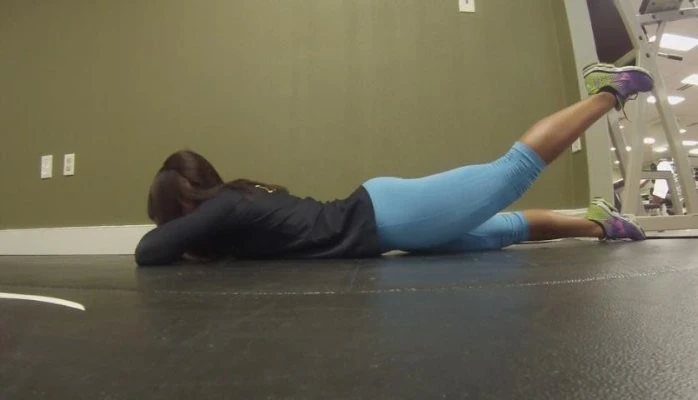
4. Leg stretches
Lie down on your back with your knees bent. Your feet should be on the floor. Bring your right leg up, wrapping a band or towel around your foot. Slowly pull the foot toward your chest until you feel a stretch in the back of your thigh with your right leg straight.

5. Side twists
Lie down on your back with your arms on each of your sides. Bend your knees towards one side, and as you do, twist the top half of your body in the other direction. Then, do the twist to the other side. This may help relieve some tension in the lower and side back.
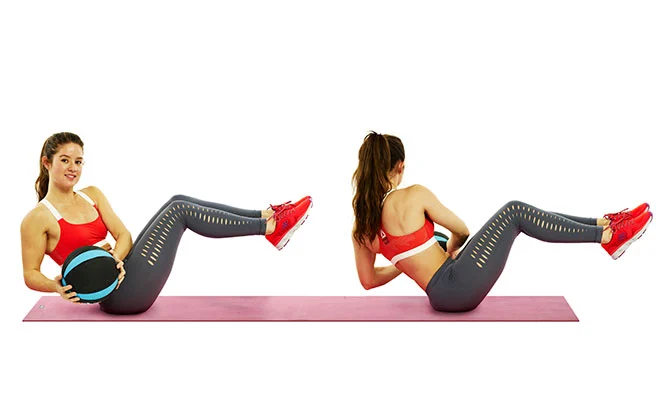
6. Bird-dog stretch
This will help loosen up some of the tension in the muscles supporting your lower back, which may ease some pain. Kneel on all fours, raising one leg behind you and the opposite arm out front, creating a straight line with your body. Change sides and repeat.

7. Toe touches
Toe touches are ideal for lower back stretches during your days off. Stand straight, spread your arms overhead, and lean backward until you have a pull in your lower back; then, go ahead and bend forward and down to your toes. Do this slowly ten times.

8. Child’s pose
No other exercise opens your lower back like the child’s pose. It’s also easy to perform; all you need to do is kneel on a mat and sit on your heels, then bend forward with your arms extended in front of you. Rest your head on the floor and enjoy the relief which follows.
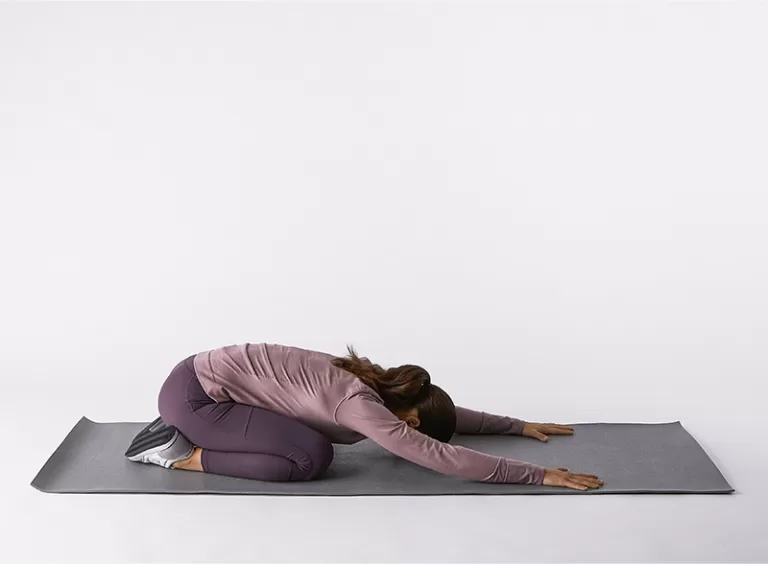
9. Foam Rolling
The following foam roller exercise is excellent for displacing lower back discomfort. Place the foam roller under your mid-back, with the rest of your lower body in contact with the floor. Slowly arch your back upwards. Hold it for half a minute and repeat whenever necessary during the day.
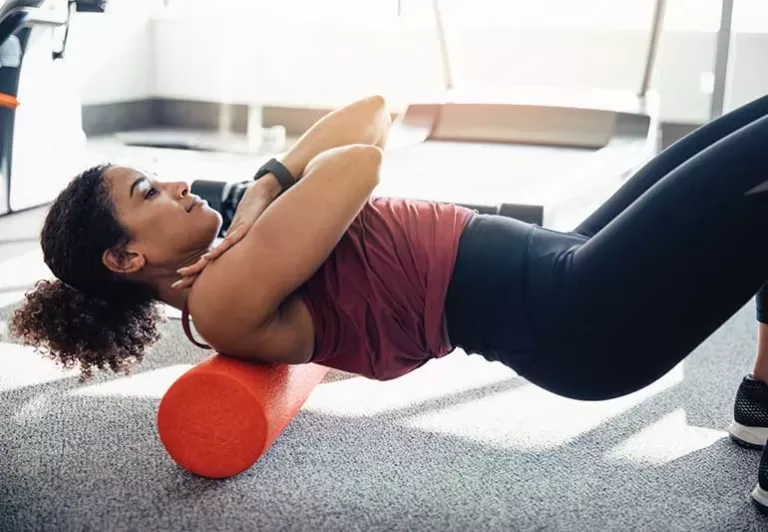
10. Pelvic Tilts
Lie on your back, push your lower spine up, then back down to the floor. Keep your middle back on the floor; do not raise your hips. This slight action will help turn on your core muscles. Do thirty repetitions as often as you can during the day.
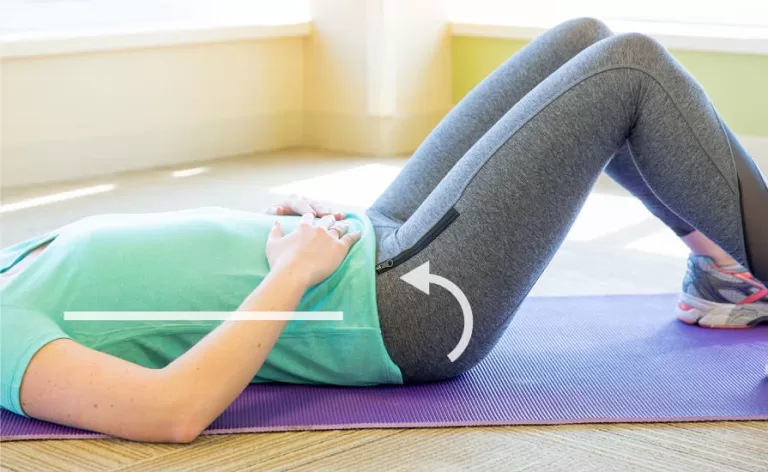
11. Hip Stretch
This stretch will engage the buttock and hip area muscles, which may hurt if your irritation is bad. Point one leg over the other; then, with your back straight, slowly lower your bottom toward the floor in a figure-four shape. Hold twenty seconds. Do five repetitions on each side, up to five times daily, but do not work through pain.
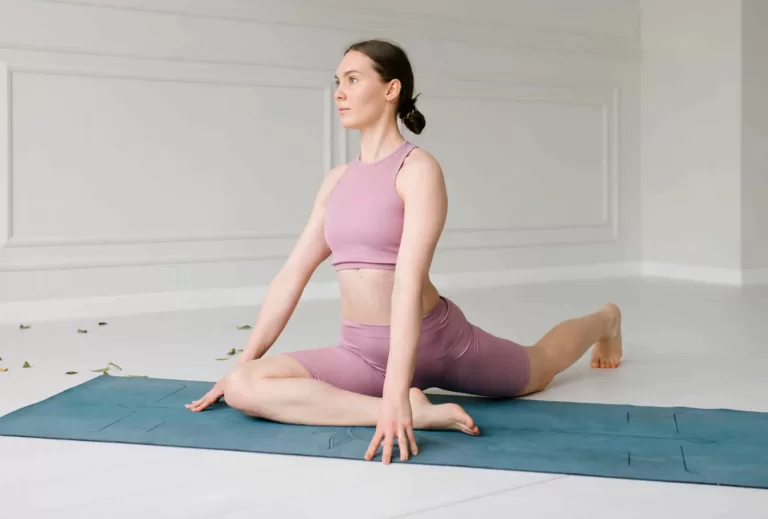
12. Hamstring
Lie down on your back and bend one knee, keeping the other leg straight with the resistance band around the foot. Hold for thirty seconds. Do five repetitions on each leg as often as needed, but no more than three times a day.
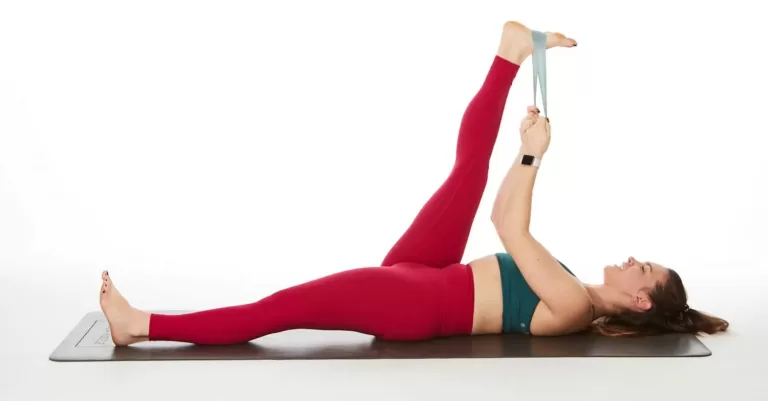
How do you prevent lower back pain?
An expert physical therapist can find out the reason behind your back pain and create an appropriate treatment plan that puts you in the best place to recover.
Lower back pain is generally passed off as an age-related factor, but how much stiffness prevails does not relate to your age. There are many 50-year-olds with far better spines than some 20-year-olds simply through good and attentive treatment and exercise.
As you age, fluid that lubricates your joints decreases, cartilage thins, and muscles become less flexible. At the same time, other factors also cause backache and stiffness.
Muscle stiffness can result from insufficient hydration. Muscles are tissues with dynamics that require them to contain the most water in the body; thus, their need for enough water is very necessary.
Another reason for muscular rigidity is a sedentary lifestyle. When in an unyielding position for long periods—for example, sleeping, sitting, or even driving—the muscles firm up, thus making movement essential.
Wrapping up,
These exercises can be combined with other non-surgical modalities to provide a multidisciplinary approach to pain management in the lower back. Massage, manual therapy, and acupuncture are additional manual modalities that may augment a physical therapy program. Some patients may benefit from combining their physical therapy with lumbar epidural steroid injections if such injections are recommended by their physician for certain types of back pain.
Doctors can prescribe pain medications. Physical therapists can give you self-management techniques, such as heat and cold, to either decrease muscle spasms and inflammation or increase healing in an area. Consult best physiotherapists for your lower back pain!
